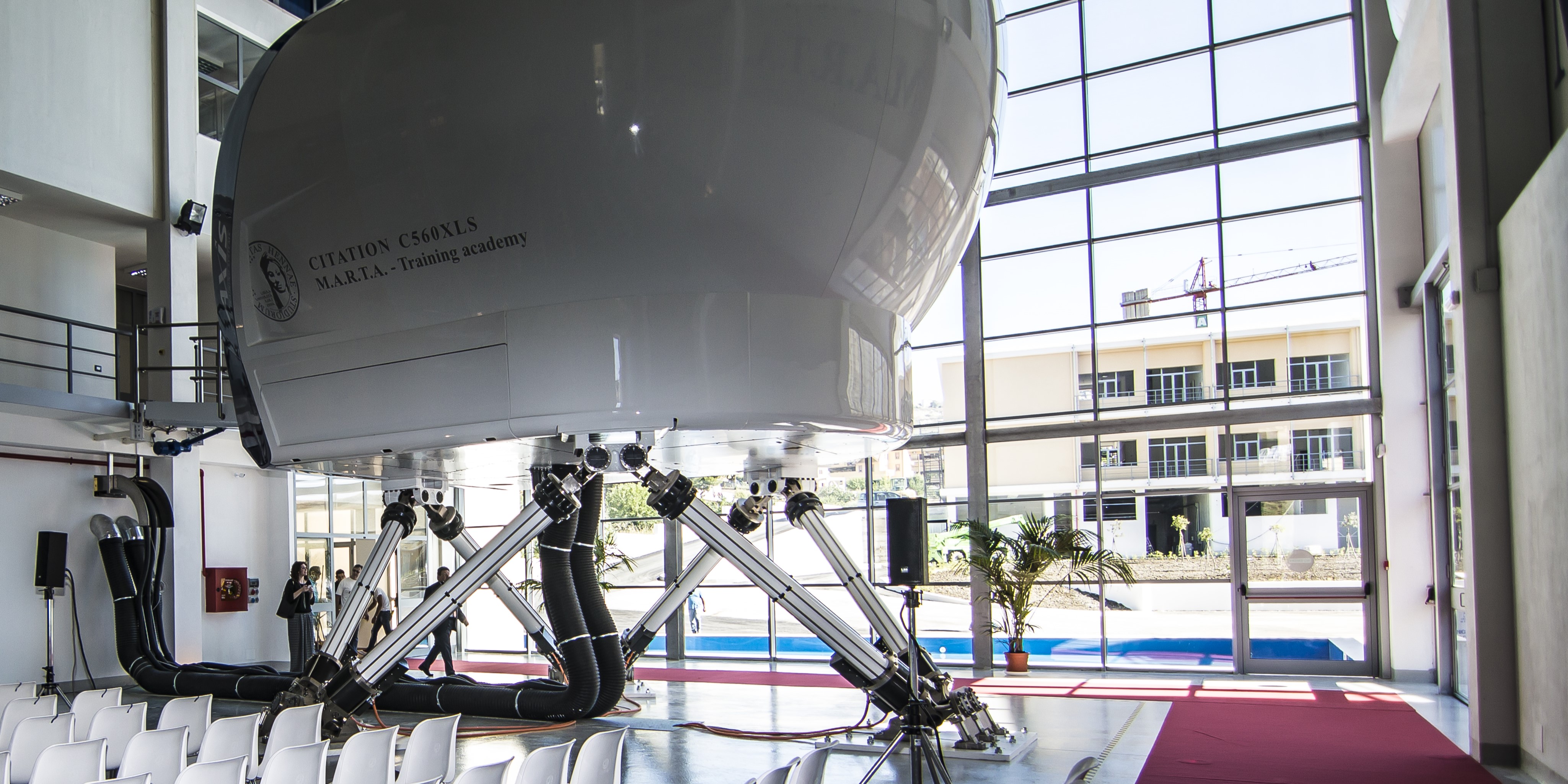
Is it Damage, Plasticity, Rate Dependence or all of the Above? Characterising and Modelling the Non-Linear Behaviours of 3D-Fabric Reinforced Composites
Please login to view abstract download link
As their name suggests, 3D-fabric reinforced composites, are manufactured by intertangling yarns together in three-dimensional space to create a near-net-shape dry fabric preform. After infusing this preform with a resin matrix system, a light-weight component is created which demonstrates both high in- and out-of-plane stiffness and strength. The through-thickness reinforcements present in this class of material, prevent delamination and allow for stable and progressive damage growth in a quasi-ductile manner. Composites with 3D-fabric reinforcement present several advantages, both in terms of their manufacturing and mechanical performance. However, the complex yarn structure creates a material with several interesting behaviours and features which need to be accounted for when developing a model to predict how the material will deform and eventually fail. To begin with, these materials are highly anisotropic and show varying levels of non-linearity depending on loading mode. This non-linearity can be due to a variety of subscale behaviours: microcracking in the matrix or fibre-bundles, yarns straightening and fibres breaking as well as viscous effects from the polymer matrix. One of the big questions when working with this class of materials is then; what is causing the non-linear behaviours and how can they be modelled in physically meaningful way. For this reason, a testing campaign initially proposed by Zscheyge et al. [1] for laminated composites is carried out in this work. It involves cyclically loading and unloading test samples with creep and relaxation periods in between. From a single test, it is then possible to determine how permanent strains, stiffness degradation and rate dependence develop as the deformation increases. Further, by testing samples at different material orientations, it is possible to understand how these phenomena develop anisotropically with respect to loading mode. Using the knowledge gained from the experimental testing campaign, a phenomenologically based macroscale model is developed and presented. It considers the material as a homogenous and anisotropic solid. The experimental tests results are used to formulate and calibrate an anisotropic viscoplastic-damage model for 3D-fabric reinforced composites.
